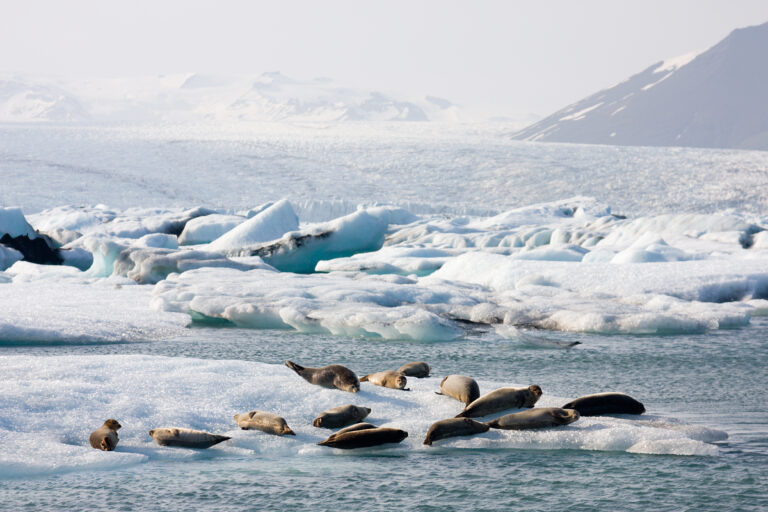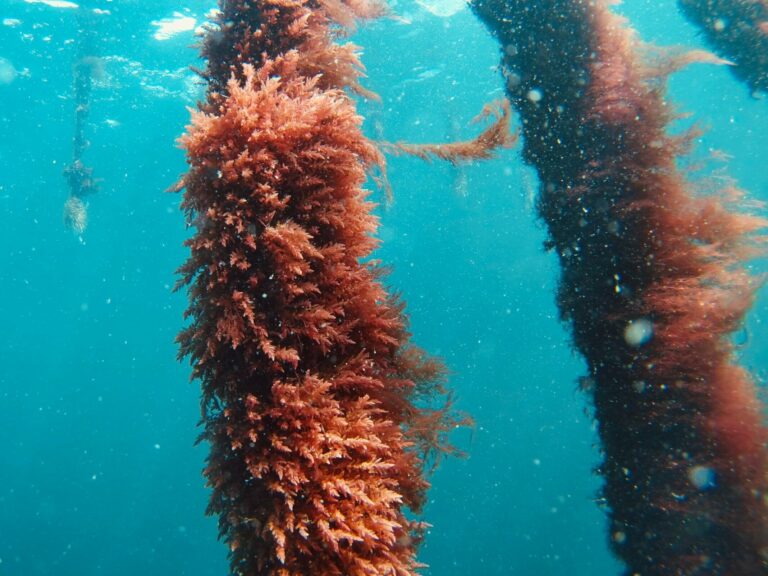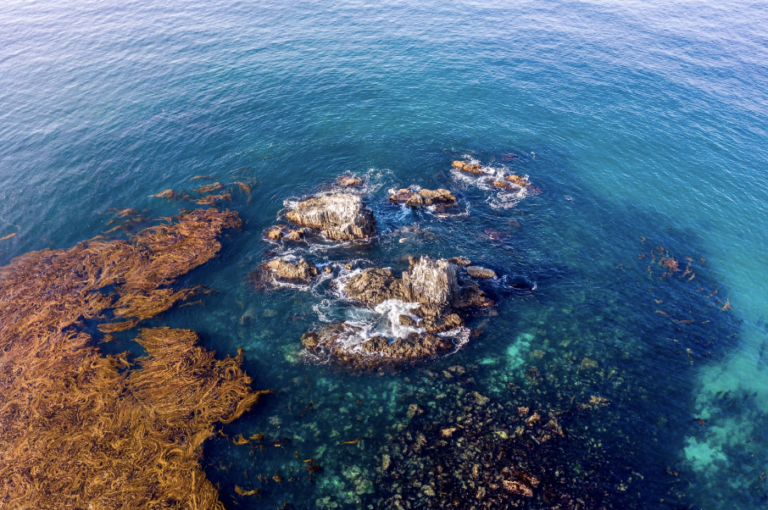As we navigate the challenges posed by climate change, the potential of our oceans and their resources becomes increasingly vital. Among these valuable resources is kelp, a remarkable marine plant with numerous game-changing benefits. In Australian waters, an array of naturally occurring kelp species thrive, offering promising opportunities for combating climate change and sustainable economic growth. In this blog post, we will explore the diverse range of kelp species found in Australian waters, learn how to identify them, and delve into the commercial products currently being produced.
Focusing on the Naturally Occurring Kelp:
Australia’s vast coastline provides a rich habitat for various species of kelp, commonly known as seaweed. These marine plants belong to the brown algae family and play a crucial role in marine ecosystems. Some of the prominent kelp species found in Australian waters include:
a) Giant Kelp (Macrocystis pyrifera): This impressive kelp species forms extensive underwater forests along the southern coastlines of Australia. Known for its rapid growth and towering fronds that can reach up to 30 meters in length, Giant Kelp creates intricate habitats for a wide range of marine life.
b) Bull Kelp (Durvillaea spp.): Bull Kelp thrives in the cool waters of southern Australia and Tasmania. Its robust fronds, often with characteristic bull-like bladders, provide shelter for various marine organisms and act as natural nurseries for fish.
c) Ecklonia Kelp (Ecklonia radiata): Ecklonia Kelp is one of the most common kelp species found along the southern and eastern coasts of Australia. With its distinctively wavy fronds, it contributes to the formation of diverse underwater ecosystems and supports marine biodiversity.
How to Identify and Differentiate Kelp Species:
Identifying different kelp species requires attention to specific features and characteristics. Some key attributes to observe include:
a) Shape and Size: Kelp species display variations in frond shape, size, and overall structure. Giant Kelp, for example, stands out due to its elongated fronds with multiple branches, while Bull Kelp has broad, leathery blades and prominent air-filled bladders.
b) Color: Kelp can exhibit different shades of brown, ranging from olive green to dark brown. The colouration may change depending on environmental factors and light availability.
c) Growth Patterns: Some kelp species grow in dense forests with long stipes attaching them to rocky substrates, while others form smaller clumps or mats near the shore. Understanding the growth patterns can aid in identification.
Current Commercial Production in Australian Waters:
Australia’s kelp industry is progressively exploring the potential of these marine resources for various commercial applications. Currently, the following kelp products are being produced and utilized:
a) Nutraceuticals and Food: Australian kelp is harvested sustainably and processed to extract valuable compounds for nutraceuticals, such as supplements and functional foods. Kelp is rich in essential minerals, vitamins, antioxidants, and dietary fiber, offering numerous health benefits.
b) Agriculture and Fertilizers: Kelp extracts are used as natural fertilizers and soil conditioners in agriculture. These products help enhance plant growth, improve nutrient uptake, and contribute to soil health.
c) Cosmetics and Personal Care: Kelp extracts are incorporated into skincare products due to their skin-nourishing properties. They provide hydration, promote collagen synthesis, and offer antioxidant protection.
d) Bioplastics and Biofuels: Ongoing research explores the potential of kelp biomass for the production of sustainable bioplastics and biofuels, offering eco-friendly alternatives to conventional materials.
Conclusion
The rich diversity of kelp species found in Australian waters presents a remarkable opportunity for harnessing the benefits of these marine plants to combat climate change and promote sustainable industries. By focusing on naturally occurring kelp species like Giant Kelp, Bull Kelp, and Ecklonia Kelp, we can better understand their unique characteristics and appreciate their vital role in marine ecosystems.
Identifying and differentiating kelp species requires attention to features such as shape, size, color, and growth patterns. This knowledge is essential for sustainable harvesting practices and ensuring the preservation of kelp habitats.



